Infrared Thermometer
- Checking mechanical equipment for hot spots that may be a sign of impending failure
- Inspecting electrical panels, circuit breakers and outlets for hot spots
- Checking heater or oven temperature, for calibration and control purposes
- Detecting hot spots / performing diagnostics in electrical circuit board manufacturing
- Checking for hot spots in firefighting situations
- Monitoring materials in process of heating and cooling, for research and development or manufacturing quality control situations
- Identifying hot/cool spots during home inspection to find drafts or to determine if insulation is adequate
- Checking temperatures as part of auto maintenance

Infrared Thermometer
Request a Call Back
- Size Guide
Size Guide
Size Chest Waist Hips XS 34 28 34 S 36 30 36 M 38 32 38 L 40 34 40 XL 42 36 42 2XL 44 38 44 All measurements are in INCHES
and may vary a half inch in either direction.
Size Chest Waist Hips 2XS 32 26 32 XS 34 28 34 S 36 30 36 M 38 32 38 L 40 34 40 XL 42 36 42 All measurements are in INCHES
and may vary a half inch in either direction.
Size Chest Waist Hips XS 34 28 34 S 36 30 36 M 38 32 38 L 40 34 40 XL 42 36 42 2XL 44 38 44 All measurements are in INCHES
and may vary a half inch in either direction.
- Delivery & Return
Delivery
We ship to all 50 states, Washington DC.
All orders are shipped with a UPS tracking number.
Always free shipping for orders over US $200.
During sale periods and promotions the delivery time may be longer than normal.Return
Elessi will accept exchanges and returns of unworn and unwashed garments within 30 days of the date of purchase (14 days during the sales period), on presentation of the original till receipt at any store where the corresponding collection is available within the country of purchase.
Your return will usually be processed within a week to a week and a half. We’ll send you a Return Notification email to notify you once the return has been completed.
Please allow 1-3 business days for refunds to be received to the original form of payment once the return has been processed.Help
Give us a shout if you have any other questions and/or concerns.
Email: [email protected]
Phone: +1 (23) 456 789 - Ask a Question

Infrared Thermometer
Ask a Question
Infrared Thermometer
Infrared thermometers are temperature sensing devices that use electromagnetic radiation to make non-contact surface temperature readings. Infrared thermometers, sometimes called pyrometers, are widely used throughout many industries and environments. They are especially useful for applications in which quick spot temperature readings are desired or where conventional temperature sensors cannot be easily used.
Thermometers can be classified as either contact or non-contact. Contact thermometers, as the name implies, must touch the target to determine its temperature. The bulb thermometer hanging outside, for instance, measures air temperature by being in direct contact with the air. Bimetal thermometers and those that use thermocouples and RTDs are all examples of contact thermometers. Contact thermometers are inexpensive and accurate, making them the most prevalent type of thermometer in temperature measurement.
Contact thermometers, however, have limitations. They often take time to come up to temperature making them more suitable for fixed mounting to constantly monitor temperature than for quick spot-checking of temperature. Inadequate space, distance, moving targets, or environmental conditions may also restrict their ability to contact the medium. These situations are where infrared thermometers excel.
Applications for Infrared Thermometers
Infrared thermometers are highly versatile making them indispensable tools in the technicians toolbox. They can be employed anywhere at any time. Some common applications include:
- Checking mechanical equipment for hot spots that may be a sign of impending failure
- Inspecting electrical panels, circuit breakers and outlets for hot spots
- Checking heater or oven temperature, for calibration and control purposes
- Detecting hot spots / performing diagnostics in electrical circuit board manufacturing
- Checking for hot spots in firefighting situations
- Monitoring materials in process of heating and cooling, for research and development or manufacturing quality control situations
- Identifying hot/cool spots during home inspection to find drafts or to determine if insulation is adequate
- Checking temperatures as part of auto maintenance
How Infrared Thermometers Work
Infrared radiation is one of many forms of electromagnetic energy and consists of wavelengths of energy just longer than those of visible light. Infrared, like visible light, infrared can be focused, reflected or absorbed.
All matter above absolute zero constantly emits infrared energy due to the natural vibration of molecules. This vibration, and the corresponding infrared energy, is proportional to the temperature of the matter”the warmer the matter, the more vibration and the more infrared energy emitted.
Infrared thermometers use a lens to focus infrared energy emitted from an object onto a detector, called a thermopile. The detector, in turn, converts that energy into an electrical signal which, after compensating for the ambient temperature, is displayed in units of temperature. Filtering and signal processing amplifies and stabilizes the signal for more accurate and linear readings.
Specifications and Features of Infrared Thermometers
As with most instruments, infrared thermometers are available in a range of styles with specifications suited to one’s budget and needs. Some of the most common specifications and features include:
Emissivity: Emissivity refers to the ability of a material to emit thermal radiation. All materials absorb, reflect and emit radiant energy. Certain materials, however, are better at doing this than other materials. Emissivity, therefore, is the ratio of the radiation emitted by a surface of a material to the radiation emitted by a blackbody, both a perfect absorber and emitter of energy, at the same temperature. All radiation absorbed by a blackbody will also be emitted by it. Blackbodies therefore have an emissivity of 1.0. Dark materials with a rough surface generally have a high emissivity. Asphalt for example has an emissivity of 0.90 meaning that it absorbs and emits 90 percent of radiant thermal energy and reflects only 10 percent.
The bottom end of the emissivity scale would be the perfect reflector which reflects, rather than absorbs, all radiation. The emissivity of this theoretical surface would be 0.0. Bright, glossy materials generally have a low emissivity. Aluminum foil, for example, has a thermal emissivity value of 0.03, meaning it absorbs and emits only 3 percent of radiant thermal energy while reflecting 97 percent. Obtaining an accurate measurement on low emissivity materials can be very challenging.
Although some basic models of infrared thermometers have fixed emissivity, many have adjustable emissivity settings that can be determined by the user. Emissivity tables provide standards for common materials allowing users to adjust settings for models with such capability.
Distance-to-spot ratio: The distance to spot ratio, usually abbreviated as D:S, refers to the size of the measurement area (spot) when the device is held at a certain distance from the target. For instance, a unit with a 20:1 D:S ratio will produce a 1 diameter measuring spot when held 20 from the target, or 2 spot when held 40 away. This is important since the spot is an area over which temperatures are averaged. If the actual target is very small, it is best to have a unit with a higher ratio so as not to risk inaccurate measurements by including areas not targeted in the measurement. Calculating the spot size using the D:S ratio may be misleading for close focus units or those involving long distances
Spectral range: A Infrared light consists of wavelengths from 0.7 to 1000 ¼m. Spectral range refers to the specific range of wavelengths captured by an infrared thermometer. Most infrared thermometers operate under 20 ¼m. This is due to both cost efficiency as well as the negative effects on accuracy caused by the atmosphere on longer wavelengths.
Laser sight: A Laser sights are often found on infrared thermometers. Their only function is to help aim the unit. The actual measurement area is larger than the red dot.
Fixed vs handheld: A Most imagers are handheld, making them ideal for spot checking temperatures for maintenance, troubleshooting, or inspection. Some, however, are designed to be fix mounted as part of a process application. There are a wide range of outputs available to integrate into a control system.
Additionally, infrared thermometers can include a number of other such as communications, data logging, ingress protection, and others.
Things to consider when selecting an infrared thermometer:
- Should the unit be handheld or fixed?
- What is the target size and distance?
- What type of surface is being measured?
- What is the required temperature range?
- What is an acceptable level of accuracy?
- What is the ambient environment?
- Are data logging or communications needed?
- What are the output requirements?
Based on 0 reviews
| 0% | ||
| 0% | ||
| 0% | ||
| 0% | ||
| 0% |
- Alpha Trade Bangladesh
- alpha trade bd
- Audio Visual
- Bangladesh.
- BD.
- Cable Lockout
- Circuit Breaker Lockout
- Dhaka
- Digital Multimeter in Bangladesh
- Electrical Lockout
- Electrical Power Testers
- Environmental Testers
- eye safety
- Eye Wash in bangladesh
- Eye Wash Station
- Eye Wash Station Bangladesh
- Fall Arrester
- Fall Arrester Harness
- Fall Arrest System
- Fall Protection System
- HEARING PROTECTION
- Industrial Clamp Meter
- industrial digital multimeters
- industrial grade multimeters
- Industrial Meters
- Infrared Thermometer in Bangladesh
- Lockout HASP
- Lockout Station & Others
- Lockout Tag
- Lockout Tagout (LOTO)
- Lockout Tagout(LOTO) Supplier in Bangladesh
- Lockout Tagout Procedure
- Loto Lockout Station BD
- Portable Eye Wash Station BD
- Portable Eye Wash Station in Bangladesh
- Respirator Mask in Bangladesh
- Respirator masks
- Respiratory protection
- Road Safety
- Safety Padlock
- Safety Shoe Supplier in Bangladesh
- Safety Spectacle
- Security Metal Detector
- Thermal Imager
- Valve Lockout
Related Products
Brand: Uni care,
Model: UFEW3
Making: India
To know more details please call us anytime.
#Laboratory Faucet in Bangladesh
# Laboratory Faucet Supplier in Bangladesh
# Alpha trade Bangladesh
Industrial floor marking Tape
Name : Industrial floor marking Tape
Origin : China
length : 50 meter
size : 2,4″
The 3M 1426 Multi-Position Earmuffs have an ergonomic design that provides you a precise fit. They can be worn at places that have loud noises. The earmuffs keep your ears protected from damage caused by loud noise. 3M is a multinational company known for producing a wide range of car care products. Each product created by 3M ensures quality and long-lasting performance to the consumers
- Soft foam ear cushions
- provide comfort and secure fit
- Can be worn with the headband behind the head for compatibility with hard hats
- Ear cups adjust easily for a customized fit
- Noise Reduction Rating: 21 decibel
- color is red and black
- Easy to use
- Size: 10.2 x 17.8 x 20.3
- Weight: 213.0 grams
SAFETY & SECURITY EQUIPMENTSTAGS:
CHEMICAL APRON IN BANGLADESH, CHEMICAL SUIT PRICE IN BANGLADESH,
CHEMICAL SUIT SUPPLIER BANGLADESH
When selecting CPC, it is recommended to determine:
The chemicals being used
The state of those chemicals; for example, if they are vaporous, they could be more hazardous
Whether contact is a result of occasional splashing or a result of more continuous contact
Whether the worker can be exposed from handling contaminated CPC
The room temperature where the chemical is being handled
- Designed by Acrylonitrile Butadiene.
- It has an embossed finish and does not contain latex protein
- Durability is higher than other rubber gloves
- Delivery superior resistance to friction, cut and puncture compared to rubber gloves
- Patterned offer excellent grip both in the wet and dry situation
- Pass US FAA CFR 21 Part 177.2600 & EC Regulation No 1935/2004 for food contact applications
- Thickness is designed for balancing between protection and legerity
- Followed by European Standard EN 420, EN 374-2, EN 374-3 and Certified to CE category
Client satisfaction and ensuring the best quality product with affordable price is the main motto of our Alpha Trade Bangladesh company. We are always in your side for giving you 24 hours services. So if you have any query you are welcomed to contact us. We are ready to give you the best solution regarding our services.
Full Body Harness
Provide immediate eye relief during emergency situations
Green eyewash stations have highly visible operating instructions on each unit
With open-face wall design to provide fast and easy access
Perfect for emergency flushing and decontamination of eyes, face, and body
Fasteners included for quick wall-mount installation
Comes with an integral overhang to protect bottles from dust and debris
Made from durable plastic, makes the stations easy to clean
| Brand Name | Mallcom, Venus, 3M |
|---|---|
| Item Weight | 500.0 grams |
| Manufacturer Series Number | M1202 PV |
| Material Type | Fibre |
| Model Number | M1202 PV |
| Number of Items | 10 Pcs |
| Part Number | M1202 PV |
- Cryogenic protection for ultra-cold applications down to -196°C (-320°F)
- State-of-the art materials and a multi-layered construction allow for a maximum level of thermal protection, flexibility, and dexterity which are essential features when function is important and safety is critical
- High performance, thermal inner lining wicks moisture away from hands, maintaining comfort over extended periods
- Safety certified to meet EU standards for CE Cat. III: EN 511, EN 388, EN 420
SAFETY & SECURITY EQUIPMENTSTAG
RESPIRATOR MASK IN BANGLADESH
Escape respirators are designed to be used only in an emergency, and only to escape from a dangerous area to a safe area. There are several escape respirators on the market. Many of them use a hood with a neck seal instead of a facepiece. They are typically designed for one-time use for a short period, typically 15 minutes to 1 hour. They may be available in a variety of sizes and will fit most adults. Individuals with small or very large neck sizes may not be able to use some escape hood designs-check the supplier product information before purchasing.
Frontier 1.75″ Selectable Gallonage
Selectable flow at a pressure
Flow does not change with the pattern
Slide valve control
High strength aluminum construction with Nouf finish (50 Microns of PTEF impregnated hard-coated finish)
1/4 turn for quick change from straight stream to fog
Integrated stainless steel stream shaper to enhance performance
Combination of fog and straight stream
Superb wide fog pattern for optimum personal protection
Flush without changing pattern or shutting down
Standard optimum operating pressure 7 bar
Excellent performance at pressure of as low as 3.5 bar
Conforms to all aspects of NFPA 1964, 2008 edition
5.5lbs. (2.5kg)
11.3″ (287mm)
Part #590001403 1.75″ (44mm) nozzle with pistol grip shut-off, 1.5″ (38mm) NPSH, 30-60-95-125-150 gpm (115-230-360-475-550 lpm) at 100 psi (7 bar)
Product name: Portable Eye-Wash Station
Brand: Uni Care
Model: UPEW 14
Item Type: Eyewash Station
Operation Type: Eye/Facewash
Made in: India
Listed: UL
Certification: CE certified





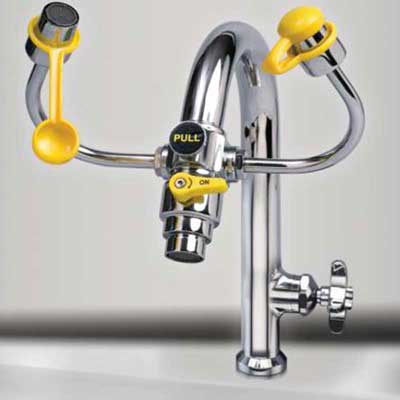
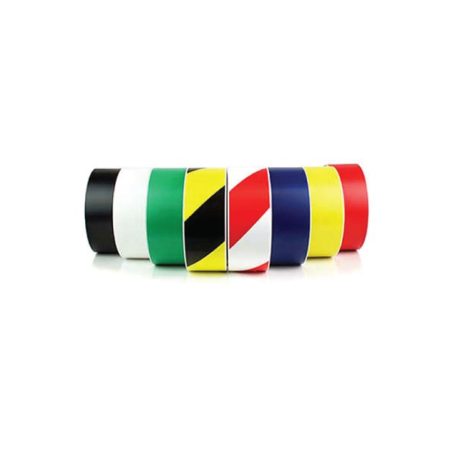
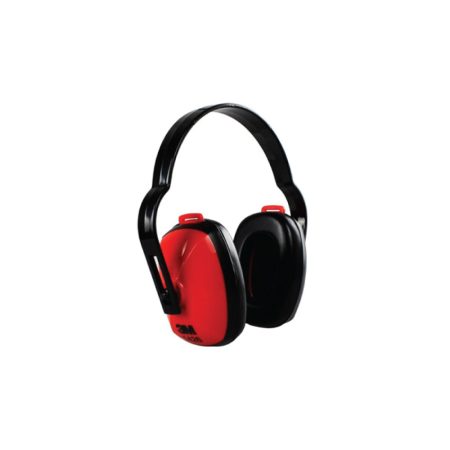
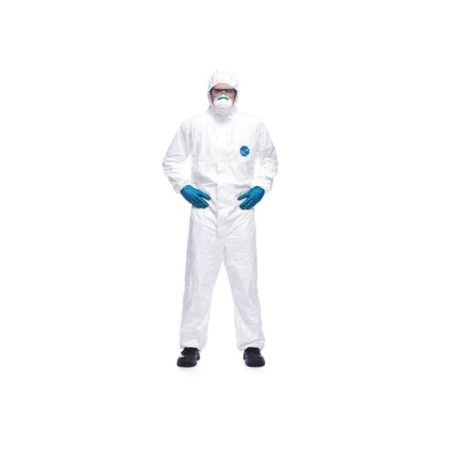
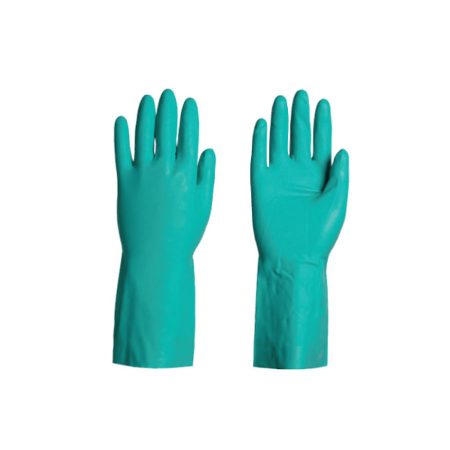
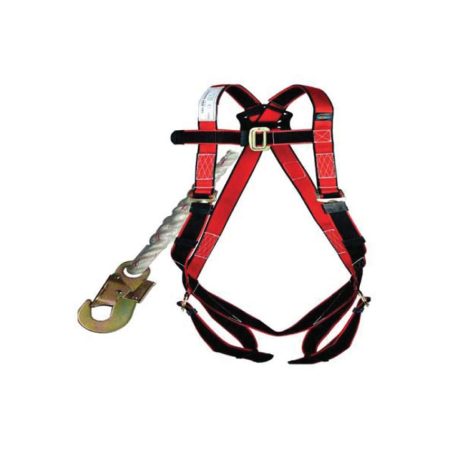
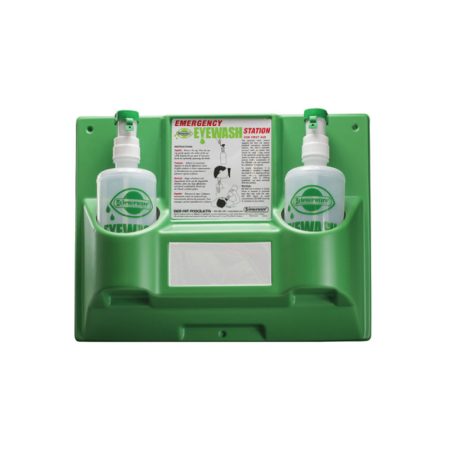
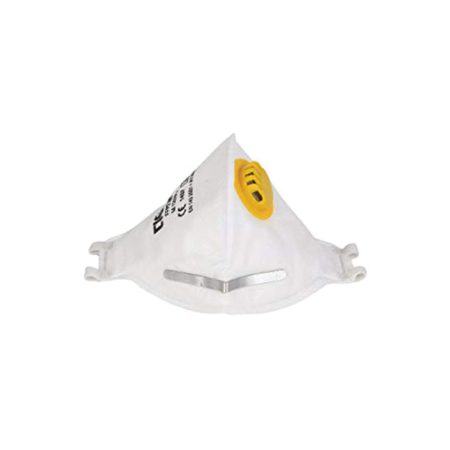
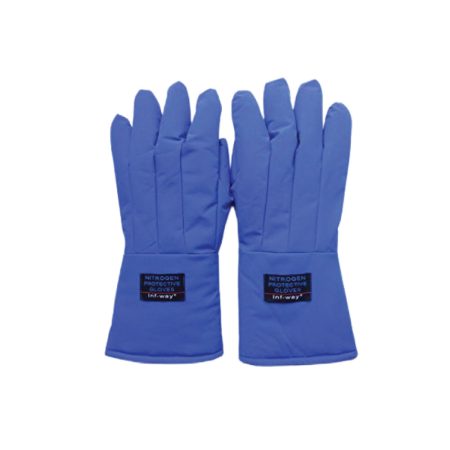
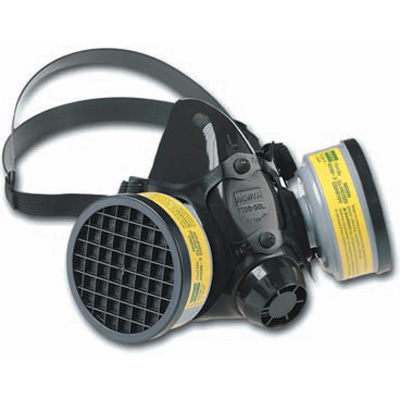
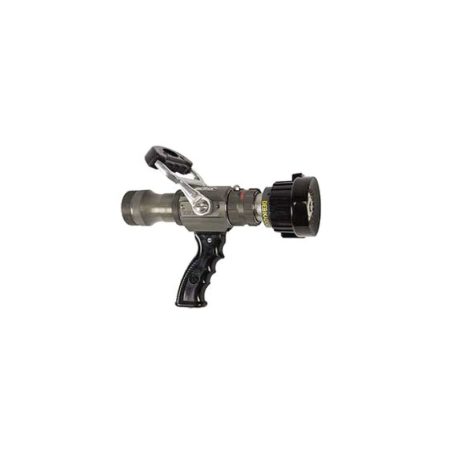

Reviews
There are no reviews yet.